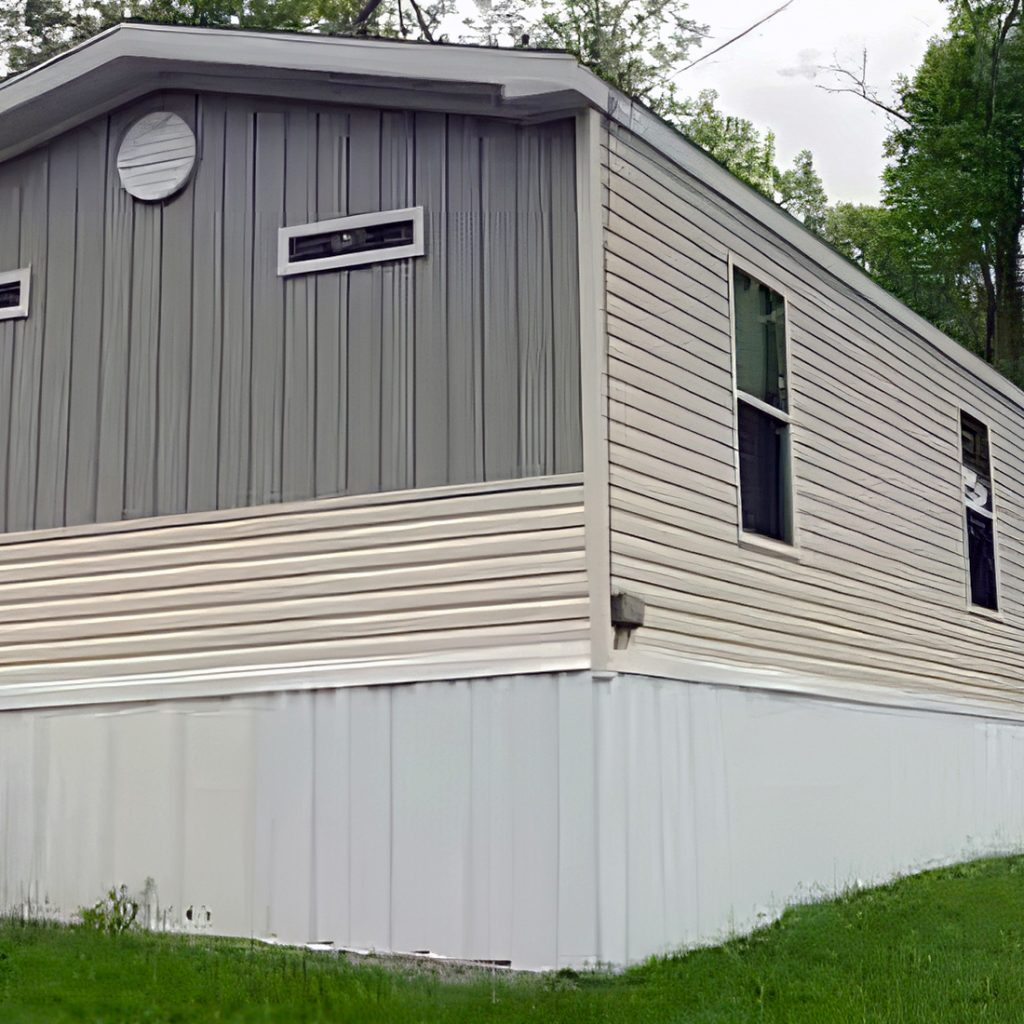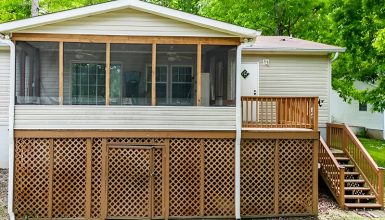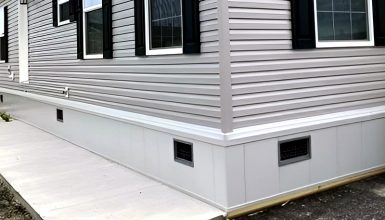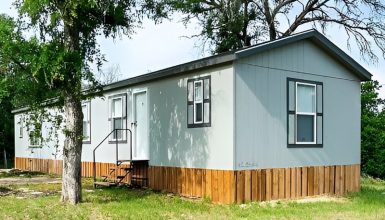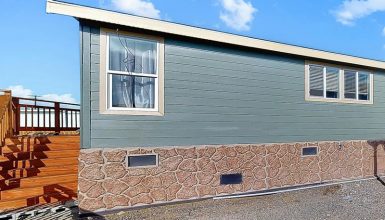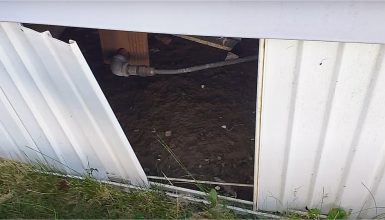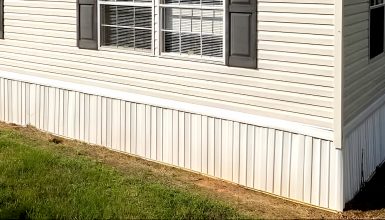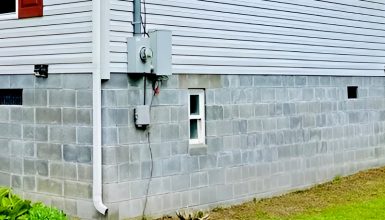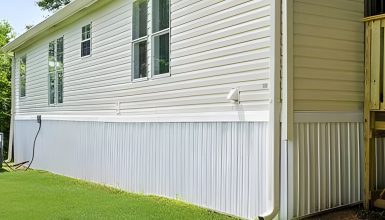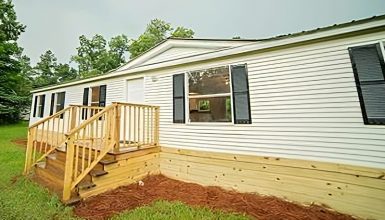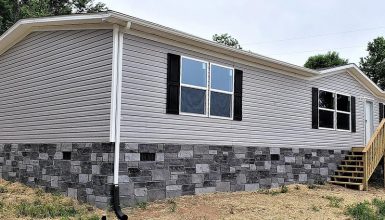Insulating mobile home skirting is a game changer. It’s all about keeping your home cozy in winter and cool in summer. Think of it like wrapping a protective blanket around the base of your home. This stops cold air from sneaking in and warm air from escaping. Plus, it reduces energy bills – who doesn’t love saving money?
The aim here is simple. We want to find ways to insulate that are both effective and easy on the wallet. You can boost your home’s comfort without breaking the bank with the right approach. So, let’s dive into some smart, budget-friendly insulation methods that work.
1. Foam Board Insulation
Foam board insulation is like a cozy jacket for your home. It’s made from lightweight foam and comes in large sheets. This stuff is excellent at keeping heat in and cold out. Plus, it’s not too pricey. You’ll see your energy bills drop, and who doesn’t want that?
Installing foam board is pretty straightforward. Just measure the skirting area, cut the foam to size, and fix it in place. You can use adhesive or screws. The key is making sure it fits snugly. No gaps mean better insulation.
2. Fiberglass Batting
Fiberglass batting is another popular choice. It’s that fluffy, pink stuff you often see in attics. This insulation is good at trapping warm air, perfect for those colder months. It is also quite affordable and readily available.
To install it:
- Wrap the batting around the skirting.
- Ensure it’s tight and secure so the wind doesn’t blow it away. You can use wire or straps for this.
- Remember, the better it’s secured, the more effective it will be.
3. Reflective Insulation
Reflective insulation is like sunglasses for your home. It reflects heat, helping to keep your place cool in summer and warm in winter. It’s a thin sheet of reflective material that works wonders in areas with extreme temperatures.
For installation, it’s a bit like hanging wallpaper. You attach it to the inside of the skirting. Make sure it’s smooth and flat for the best effect. This type of insulation is great for those living in hot summers and cold winters. It’s a bit of an all-rounder.
4. Weatherproofing with Caulk
Caulk is like the secret hero of insulation. It’s all about sealing those sneaky gaps where cold and warm air can slip out. Even the best insulation can’t do its job if there are gaps. Caulking these gaps is a simple, cheap way to improve your insulation.
Here’s how to do it: First, clean the area where you’ll apply the caulk. No dust or dirt, please! Then, take your caulking gun and apply the caulk along the gaps. Do it smoothly, in one go, if you can. After that, let it dry. That’s it! You’ve just made your home more airtight and comfy.
5. Utilizing Skirting Vents
Skirting vents are pretty nifty for controlling moisture. You know how sometimes under your mobile home can get damp? Well, these vents help stop that. They let air flow, keeping things dry under there. This is super important, as too much moisture can lead to all sorts of problems, like mold.
Here’s a tip: In the summer, open the vents to let air in and dry the space. But in winter, close them to keep the cold air out. It’s a simple trick, but it makes a big difference. And don’t forget to check them now and then to ensure they’re working right. Regular maintenance is critical.
6. Hay Bales for Cold Climates
Hay bales are a clever, budget-friendly way to insulate in icy places. It sounds a bit old-school, but it works! Hay has natural insulating properties. It’s like wrapping your home in a big, warm blanket.
Here’s how to do it: Stack hay bales around the skirting of your mobile home. You want them snug against the walls. This creates a barrier that keeps the cold and warm air out. It’s a simple solution that can make a big difference in how cozy your home feels.
But, a word of caution: Hay can attract critters and get damp. So, it’s a good idea to check the bales regularly. Make sure they’re dry and free from animals. Remember, this is a temporary fix for when it gets cold. You’ll want to remove the hay bales when the weather warms up to avoid any moisture problems.

